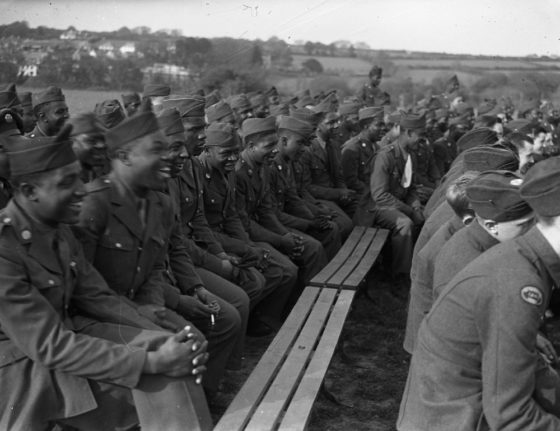
“The war exacted a heavy toll on McLean’s business.”
WILMER MCLEAN WAS was too old to fight in the American Civil War. But that didn’t stop the 47-year-old Virginia farmer and merchant from finding himself in thick of the action on more than one occasion. In fact, Wilmer suffered through some of the conflict’s very first shots, as well as its final moments.

Much of the war’s first major clash, the July 21, 1861 Battle of Bull Run, was fought on his property just outside the town of Manassas Junction. Just as the two vast armies collided in front McLean’s home, a Union shell crashed through his roof and exploded right on top of the kitchen table. Earlier that day, the Confederate general P.G.T. Beauregard had appropriated the farmhouse to use as his headquarters. As such, Union gunners considered the dwelling a legitimate target.
In the months that followed the battle, the war exacted a heavy toll on McLean’s business. Nearing bankruptcy, Wilmer finally packed up his family and moved to what he hoped would be a more peaceful corner of his home state. Unfortunately, the fighting would follow him to the bitter end.
With the Confederacy in its death throes in the spring of 1865, Northern forces pursued and surrounded Robert E. Lee’s exhausted and dwindling army right near McLean’s newly established homestead in a little-known town by the name of Appomattox Courthouse.
After a skirmish on April 9 that claimed the lives of more than 600 men, the Union army commandeered McLean’s farmhouse to serve as the setting for an ad hoc parlay between the opposing commanders. General Ulysses S. Grant’s ordered his adjutants to find a suitable location for the meeting and had just happened to choose McLean’s home. Hours later, the Northern commander and future United States president would formally accept Lee’s surrender in McLean’s very own living room. Just outside much of the Yankee army rested.

Some might have envied Wilmer for bearing witness to one of the true the great moments in American history – however, the event would prove to be anything but fortuitous for the Virginian homesteader.
After the ceremony concluded, Yankee soldiers fell upon the house and ransacked it for souvenirs. Grant’s own officers made off with a set of chairs; George Armstrong Custer absconded with the desk upon which the surrender itself was drafted. It was later donated to the Smithsonian Institute. The Union commanders offered the protesting homeowner what few dollars they had in their wallets by way of compensation, but it was hardly enough to offset the damage done to the rest of the house.

Financially ruined and with many of his worldly possessions gone for good, Wilmer was forced to sell the home and find work as a federal tax collector of all things. Embittered, he would later claim that the war “…began in my front yard and ended in my front parlour.”
McLean died in 1882 at the age of 68.
His home in Appomattox was auctioned off and then sold privately in 1872 for $1,200. In 1891, the historic dwelling was resold to a Niagara Falls business man for $10,000. Astonishingly, the new owner took the house apart brick by brick and was planning to rebuild it either as an exhibit at the 1893 Chicago World’s Fair or a for-profit tourist attraction in Washington, D.C. A shortage of cash prevented him from making good on either scheme. The house sat in pieces for the next five decades until it was purchased by the U.S. Park’s Service along with the original land. The house was painstakingly restored over ten years. It was finally opened to the public in 1950.
SOURCES
http://www.todayifoundout.com/index.php/2013/03/the-american-civil-war-began-in-my-front-yard-and-ended-in-my-parlor/
http://ehistory.osu.edu/world/articles/ArticleView.cfm?AID=37
http://en.wikipedia.org/wiki/Wilmer_McLean
http://www.nps.gov/apco/mclean-house.htm









